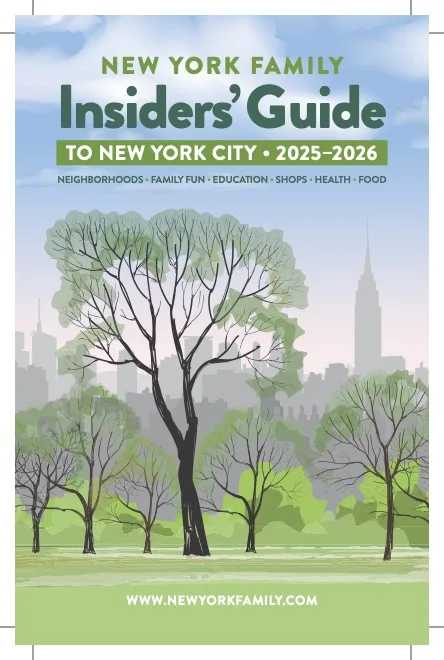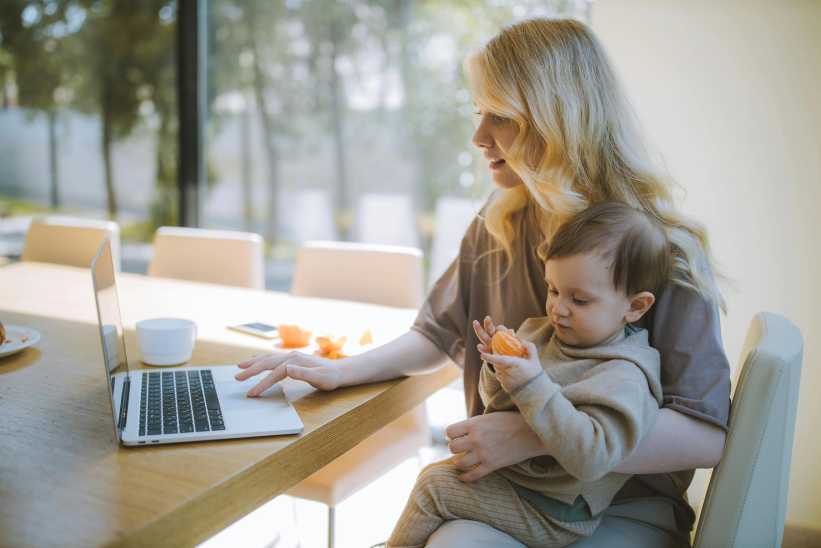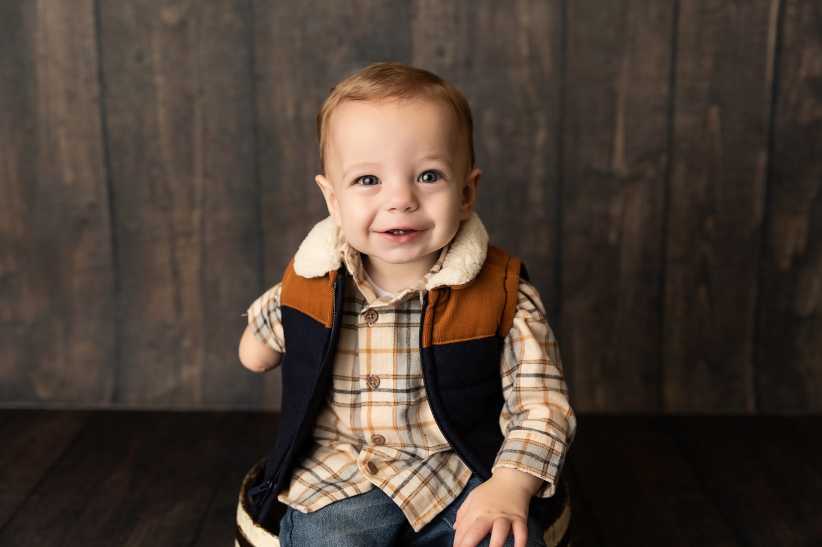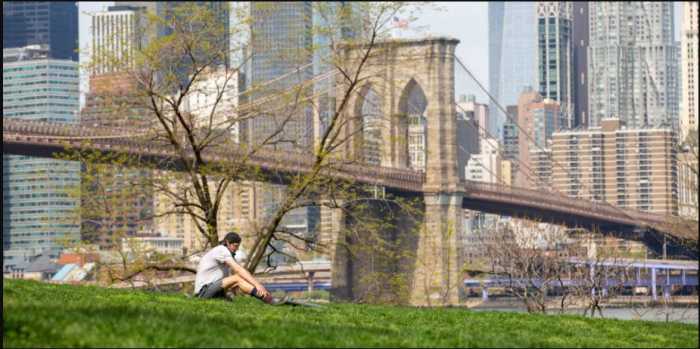Most of us use the new year to make personal resolutions in the hopes that we can carry them through to make positive changes in our lives. We use the turning of the calendar to symbolize a fresh start. Whether we decide to decrease undesirable behaviors or increase individualized improvements, most people use new year intentions as a catalyst for behavior modification.
People with special needs, specifically Autism Spectrum Disorder, have lives where everyday successes rely heavily on behavior modification. People with autism and other special needs also struggle with inclusion into typical society. It is important for these individuals to find niches that they can easily fall into. It is also important for their families and support teams to use creativity and flexibility in order to seize social situations that these individuals can grab onto.
Most people with autism naturally gravitate towards and enjoy calendars. Calendars have a sequence and pattern that remains consistent, the one pertinent change being the end of one year and the start of a new. These individuals enjoy that scheduled occurrence. Therefore, pairing the new year with behavior modification is a direct link between the typical social agenda of the masses and people with autism.
We all view that ending of the old year and the start of the new as a chance to turn a bad habit into a good one, so why not include all of our friends and family members into this worldwide event?
The first step is to teach what a New Year’s resolution is. Defining it as a goal or new way to behave may work for the individual with special needs. Visualization is a teaching procedure that will proactively sustain the intention’s longevity. It is also a great reminder tool. Using a bulletin board in the office or magnetizing a reminder to the refrigerator is a simple household technique, while writing the intention in calligraphy and placing it in a picture frame is a decorative way to showcase a new goal. If everyone in the family or home lists his New Year’s resolutions together, the individual with autism will feel completely included and part of the group.
Choosing a goal should be a partnership between the target individual and the support circle. People with autism and other special needs have varying degrees of language fluency. This person may have the ability to verbalize a goal for herself, or she may have to receptively select from a list of choices. Regardless of a person’s cognitive ability, working as a team will work to promote independence and maturity.
The goal will work best if it is written in the first person with positive language. An example would be: “In 2012, I will make my bed every morning before breakfast.” Bridging the language gap with a picture or photograph will increase the success of this goal. Having the visual intention in more than one setting is also a strong suggestion. If the New Year’s resolution pertains to a behavior change during meal-time, then having prompts in the kitchen and the dining room will keep generalization consistent.
It is important for people with special needs to feel included and part of the whole. These individuals can live a higher quality of life when behavior modification is streamlined throughout their daily lives. Making a New Year’s resolution is a natural occurrence in society; incorporating this annual habit into one’s life is a positive practice. One’s chances of enjoying a happy new year will be greater when behavior modification is used toward meeting a new goal. We all feel better when we accomplish a goal.





















